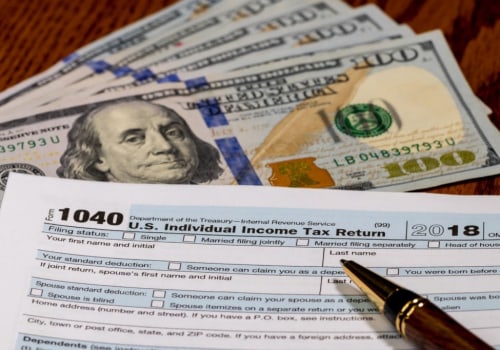The IRS debt forgiveness program is an initiative created by Internal Revenue Services to facilitate payments and provide tools and assistance to taxpayers who owe money to the IRS. Only certain people are entitled to a cancellation of the tax debt and it is necessary to assess the financial situation of each person. The program was designed to give first-time tax offenders the opportunity to fix things. It allows taxpayers to pay off their tax debts over six years with monthly payments that are decided based on how much they currently earn and the value of their liquid assets.
Most of the time they finally settle all their outstanding dues within 6 years. If you have the resources to pay a partial amount of your tax debt to the IRS, there is still hope. You can apply for the IRS government's payment plan called the Pledge Offer (OIC) to resolve the remaining amount. Depending on your financial capacity and your acceptance, the IRS significantly reduces the total debt you can pay.
This reduced amount can be paid in a lump sum or in fixed monthly payments. The addition of these programs to the tax code indicated to many that the IRS sought to be a little more flexible in how to recover more money owed to the government. Sometimes, a taxpayer can deduct taxes when filing for bankruptcy, which some might argue amounts to a one-time waiver from the IRS. So, while the program had its own formulas, the IRS also considered the realities that people faced, such as unemployment, which made them resort to their taxes.
If you don't want to enroll online, you can always make a proposal for the IRS Fresh Start Program by filling out and submitting an IRS Form 9465 that is available to the IRS government. A tax professional can help you analyze your specific financial situation and choose the perfect IRS tax forgiveness program. If you're on the wrong side of the IRS, you might be lucky if you qualify for their IRS tax forgiveness program. It's not an IRS tax forgiveness program, it just prevents the IRS from trying to collect for a specific period of time.
Knowing your current position with respect to your tax debt is vital when it comes to seeking forgiveness from the IRS. This program does not have a guaranteed acceptance policy and it is entirely up to the IRS to offer it to any qualifying taxpayer. Programs like this allow taxpayers who owe back taxes to the IRS or who have a debt to the IRS to settle a smaller amount. Anyone who owes more money to the IRS than they can reasonably afford should seek a payment plan or some type of IRS tax forgiveness program.
This type of program was designed as a way for the IRS to maximize the collection of the amount of tax money owed to the government and, at the same time, make it much less painful for the taxpayer. Understanding your tax debt and dealing with the IRS isn't easy to do alone, even with available programs like Fresh Start. If you are concerned that you may not qualify for an OIC, consult a tax professional to see what IRS forgiveness options might be available to you. Those applying for the IRS Fresh Start Program must follow the guidelines set by the IRS for all previous and existing tax returns.
It's generally best for a taxpayer to apply for a forgiveness program if they think they owe several thousand dollars in back taxes and can't make the minimum monthly payments under an installment agreement, also known as a payment plan.



